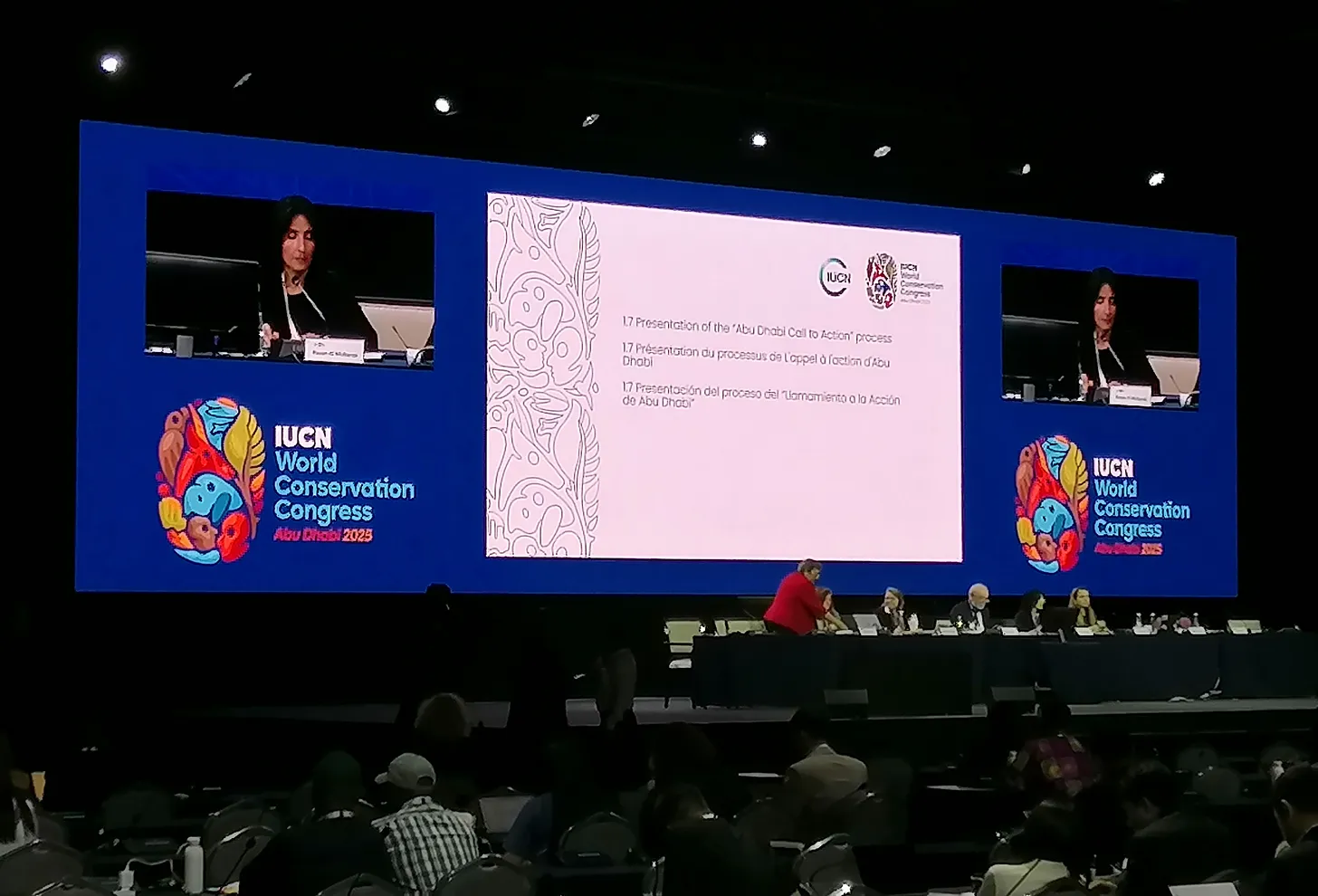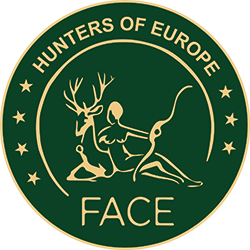
26 Oct 2025 IUCN World Conservation Congress sets New Vision
Abu Dhabi, United Arab Emirates, 9-15 October 2025 – The IUCN World Conservation Congress approved a new vision and elected new members of the IUCN Commissions and Council.
The congress also hosted the inaugural World Summit of Indigenous Peoples and Nature, a significant step forward in ensuring that traditional knowledge influences the direction of the international conservation agenda. The fully hybrid format of the congress enabled over 10,000 participants to engage from government, civil society, Indigenous Peoples’ Organisations, academia, and business.
IUCN Red List updates
In line with the congress, updates to the IUCN Red List were released, including a new assessment of European wild bees, butterflies, and other pollinators funded by the European Commission. For wild bees in Europe, at least 172 out of 1,928 assessed species are at risk of extinction, compared to 77 threatened species in 2014.
Changes in the Red List assessment for birds were also published. The update included re-evaluations of 1,360 bird species. Overall, 61% of bird species are experiencing declining populations compared to 44% in 2016. The primary cause of these worsening declines is cited as habitat loss and degradation, mainly driven by agricultural expansion, intensification, and logging. For birds listed as huntable species in Europe, there was little change in their status, although FACE was pleased to see the Redwing (Turdus iliacus) reassessed as Least Concern (previously it was Near Threatened).
Members’ Assembly
For FACE, the heart of IUCN congress is the Members’ Assembly. On this occasion there were 4 main outputs:
- A new 20-year Strategic Vision for IUCN.
- The IUCN work programme for 2026–2029.
- The Abu Dhabi Call to Action, One Nature, One Humanity, One future.
- Adoption of 148 motions for recommendations and resolutions.
While the Strategic Vision and some of the high-level dialogues grabbed the headlines, the most vigorous debate was centred on the motions process. FACE was following those that focused on effective area-based conservation, species recovery, and the sustainable use and exploitation of wild species, although the issues were diverse.
Motions Process
Since IUCN’s founding in 1948, nearly 1,500 Resolutions and Recommendations have been adopted. If you seek an insight into emerging environmental issues and key concerns for IUCN members, this is the place to look. Ideas that originate from motions submitted by members can spark actions in international conventions and democratically influence the direction of IUCN’s work, from actions on key habitats to broader global topics.
For the congress in Abu Dhabi, a total of 148 motions were adopted, although two-thirds were approved by electronic vote before the congress, including one calling for a review of the IUCN policy on the sustainable use of wild living resources. Others were further discussed in the days leading up to and during the congress, where texts were negotiated before being put to a vote in the Members Assembly.
While some motions passed with overwhelming support, such as those on wetlands conservation, coral reef bleaching, the IUCN Green List Standard, protection of grasslands, and restoration of forest soils, others received more mixed backing. The motion on the new concept of longevity conservation was one of these. This concept advocates for policies that protect older individuals. For example, older female elephants hold social memory, or some fish produce more offspring as they age.
Unsurprisingly, the topic of hunting is being introduced into the longevity conservation debate. While many fish do not live long enough to reach an old age, the hunting management strategy aims to preserve males until they are old, ideally after their prime, when they have transferred their genetic material. It is overly simplistic, however, to describe this type of wildlife management as merely targeting older animals. Game management delivers many more benefits on the ground, particularly to conservation.
An urgent motion was tabled at the congress concerning Switzerland’s wolf management. FACE was actively involved in reviewing the text to ensure it was legally and scientifically sound.
Please see IUCN’s – Five key takeways from the IUCN Congress 2025 to get a bigger picture.

